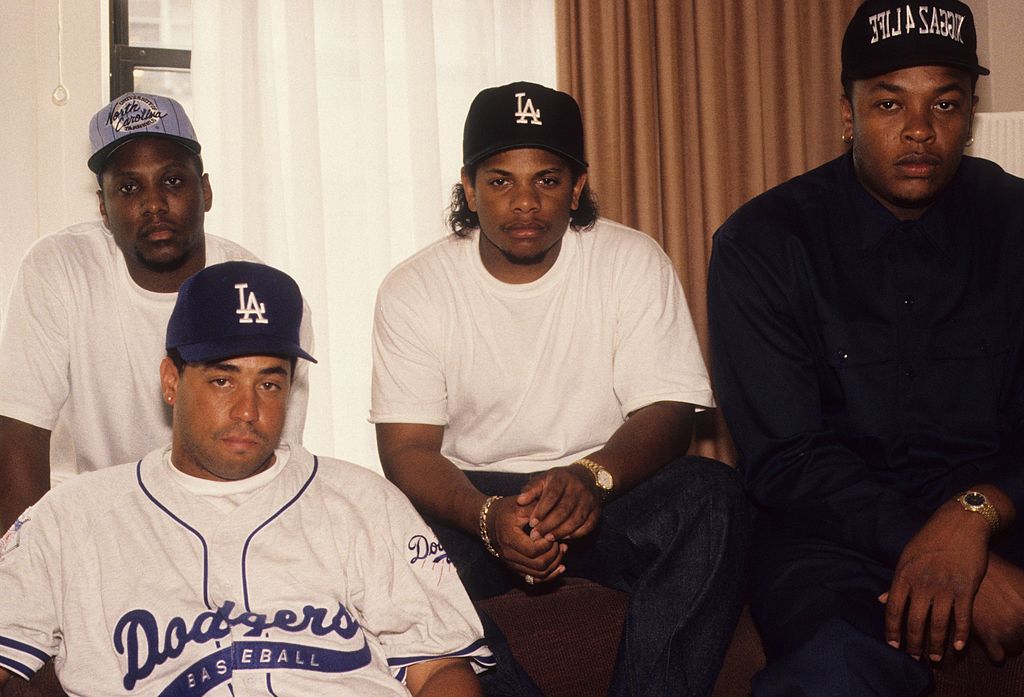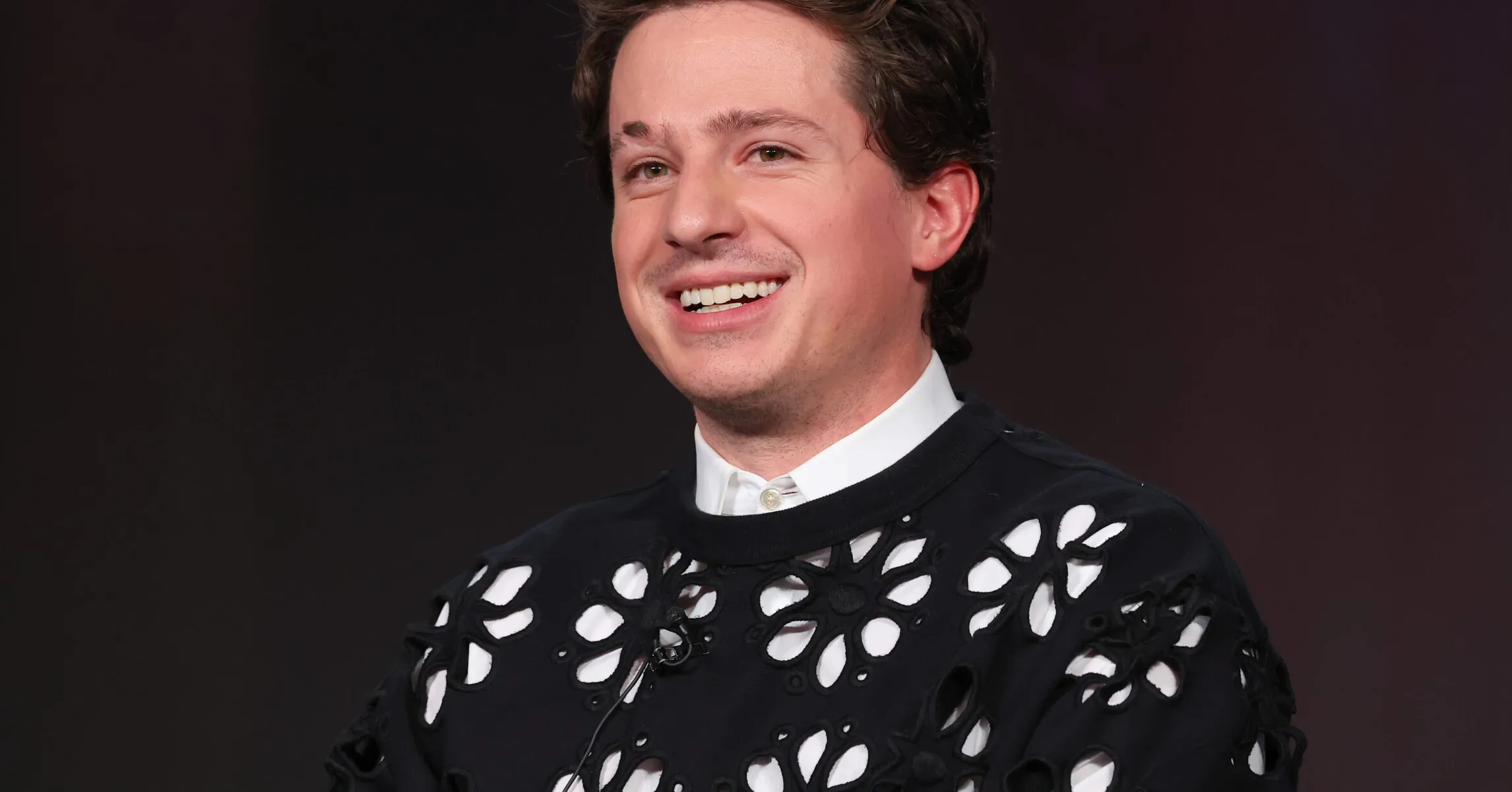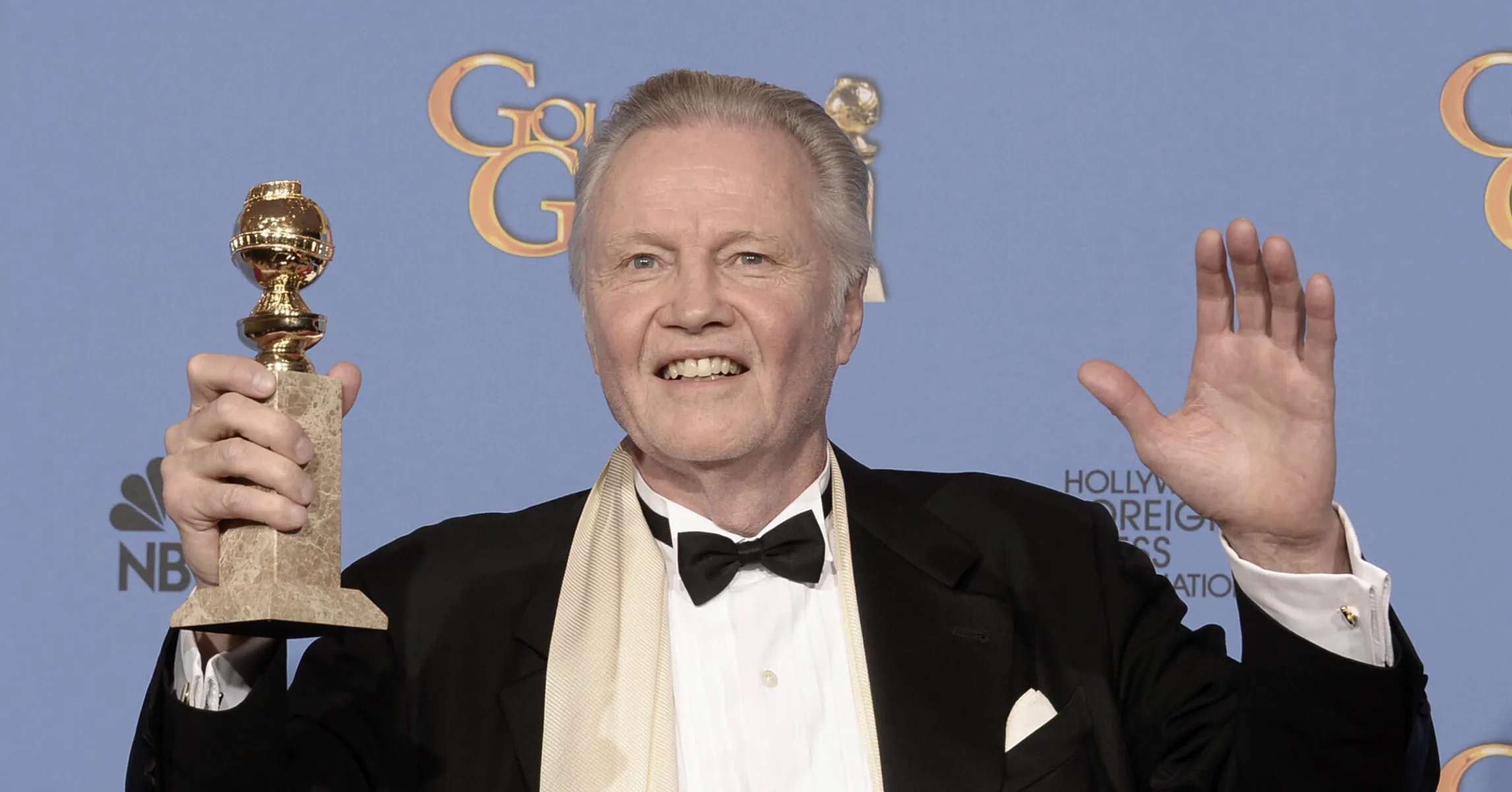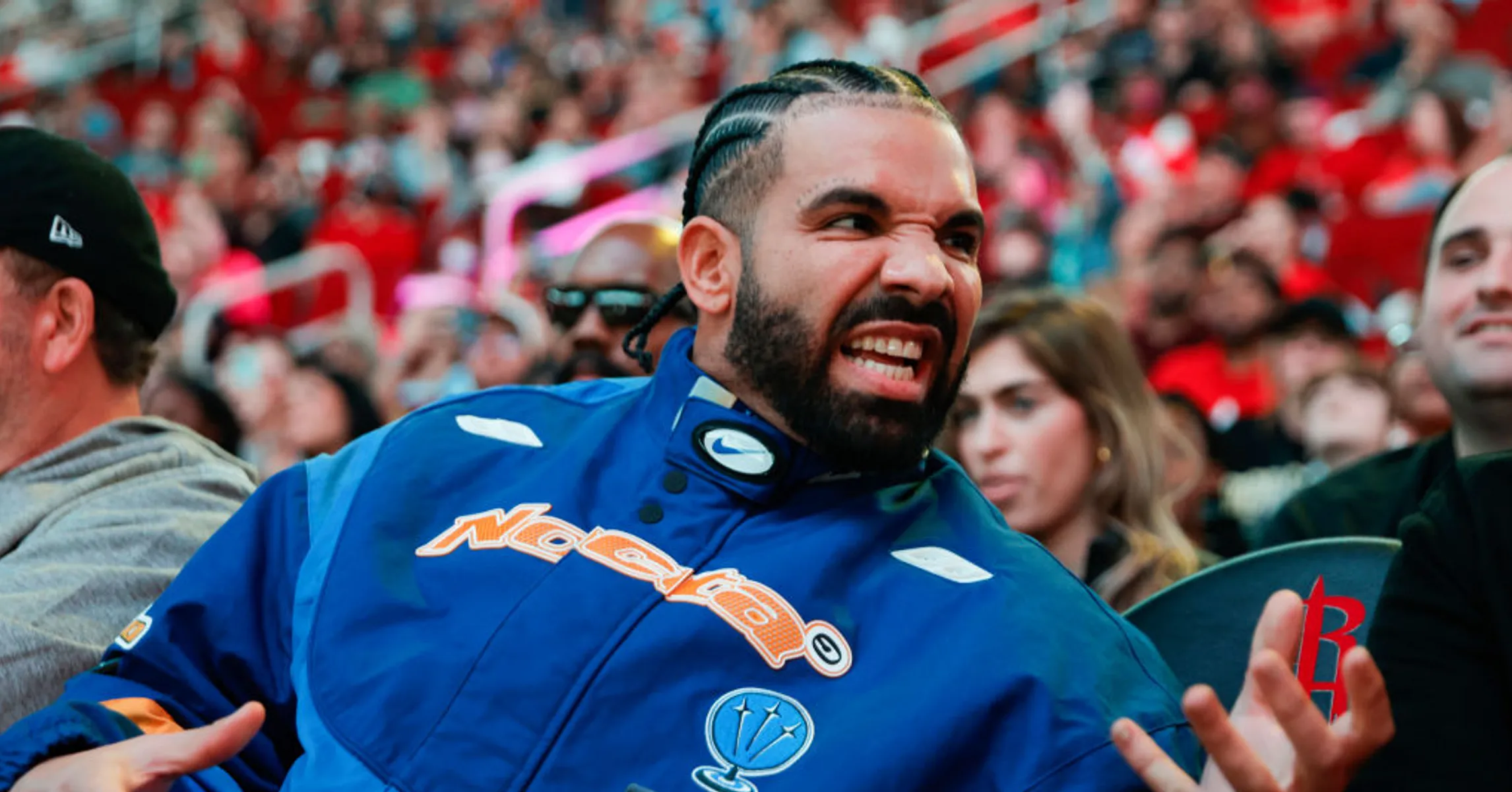What Is Gangsta Rap?

Gangsta Rap, a subgenre of hip hop, burst onto the scene in the mid-1980s. Its birthplace was the West Coast of the United States, primarily in the inner cities of Los Angeles. This style was characterized by its raw lyrics, often detailing experiences of urban hardship, crime, and the harsh realities of street life. Pioneers of this genre, such as Schoolly D, Ice-T, and N.W.A., used their music to expose the struggles of life in the inner city, bringing a stark reality to their listeners.
Key Elements Of Gangsta Rap
Gangsta Rap is easily distinguished by its thematic elements. The lyrics often portray the harsh realities of urban life, including experiences with violence, poverty, drugs, and racial tension. These themes are often delivered through aggressive, straightforward lyrics that offer a stark contrast to the more metaphorical lyricism found in other hip-hop subgenres.
The production style of Gangsta Rap also sets it apart. The beats are typically hard-hitting, with a heavy emphasis on bass. Samples from funk, soul, and R&B records are common, often providing a gritty backdrop to the raw lyrical content.
Influence On Mainstream Culture

In the late 1980s and early 1990s, Gangsta Rap began to break into the mainstream, largely thanks to Ice-T, groups like N.W.A., and subsequently, solo artists like Snoop Dogg, Tupac Shakur, and The Notorious B.I.G. These artists brought the sound and messages of Gangsta Rap to a broader audience, sparking both controversy and acclaim.
Gangsta Rap’s influence extended beyond music. It impacted fashion, film, and popular culture at large, challenging societal norms and bringing issues of urban life to the forefront of the national conversation. This influence continues today, with elements seen in everything from streetwear trends to blockbuster films.
Controversies And Criticisms
Despite its popularity, the subgenre has not been without controversy. Critics argue that its graphic depictions of violence and crime glorify negative behavior. However, others see it as an honest reflection of the artists’ lived experiences.
The genre has also faced criticism for its depictions of women and its use of explicit language. Despite these controversies, many defend Gangsta Rap as a vital form of expression that provides a voice for those living in marginalized communities.
The Evolution And Legacy of Gangsta Rap

Though the heyday of Gangsta Rap was in the 1990s, its influence continues to be felt in the music industry. Today’s artists often pay homage to the genre, incorporating elements of its sound and thematic content into their own music.
Modern Gangsta Rap has evolved, with artists like Kendrick Lamar and Vince Staples exploring the same themes of urban life but often from a more introspective perspective. These artists continue the tradition of using music as a platform to discuss social issues, all while pushing the boundaries of the genre.
Conclusion/TLDR
So, what is Gangsta Rap? It’s a powerful subgenre of hip-hop that gave a voice to the often-overlooked inner-city communities. Through its raw lyrics and hard-hitting beats, it further highlighted the realities of urban life into the mainstream consciousness. Despite its controversy, Gangsta Rap has left an indelible mark on the music industry and popular culture. Its legacy continues to inspire and influence artists today, ensuring its place in the history of hip-hop.





